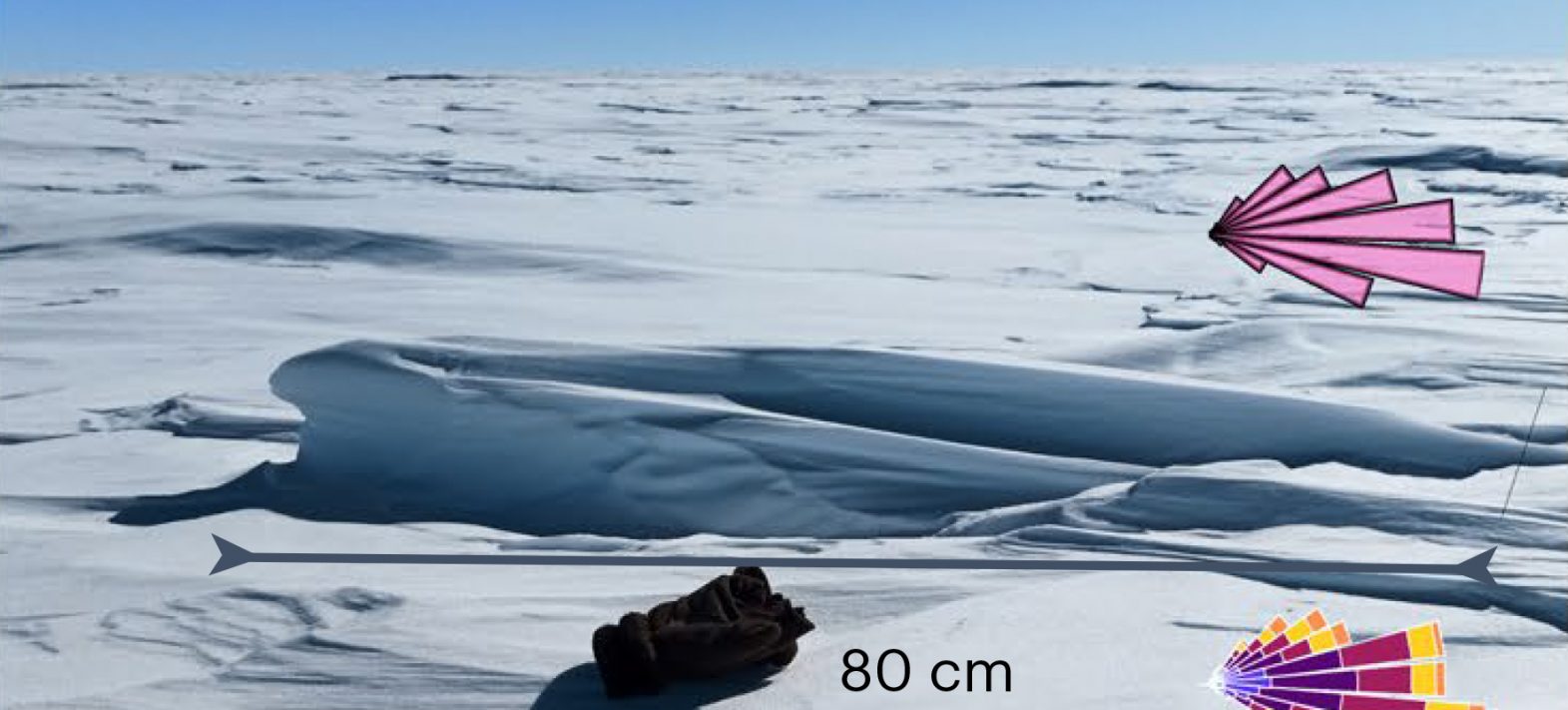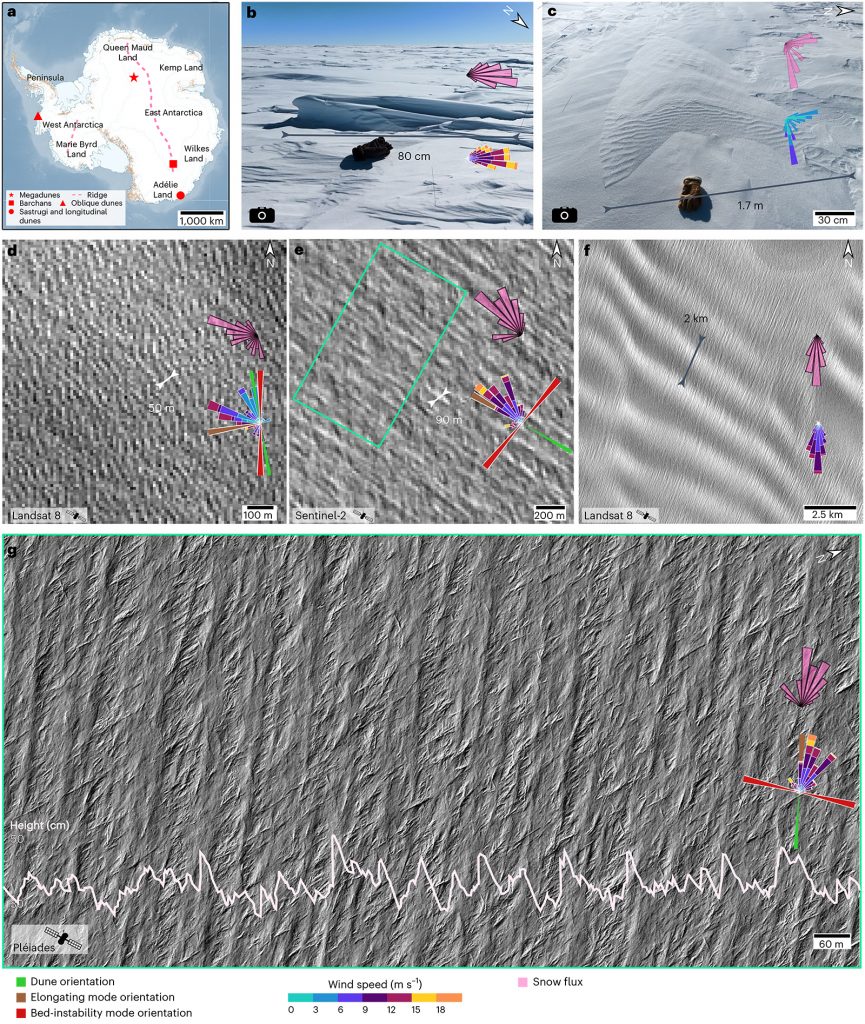Antarctica is home to the largest dune field on our planet
At the heart of the southernmost and coldest continent on Earth lies an unexpected landscape. A team including researchers from the Institut des géosciences de l'environnement (IGE - OSUG) and the IPGP has just revealed that Antarctica is home to the largest field of dunes on our planet. Unlike hot deserts, these dunes are made up of snow. This surprising discovery opens up new perspectives on the dynamics of snow in Antarctica and the interpretation of climate signals from ice cores.

Publication date: 30/08/2024
Research
Related teams :
Geological Fluid Dynamics
Related themes : Earth System Science









